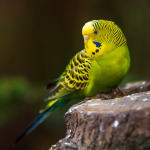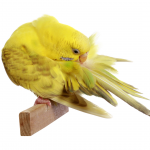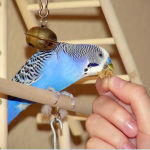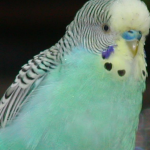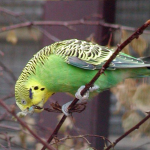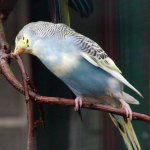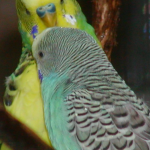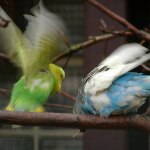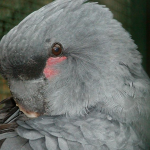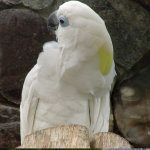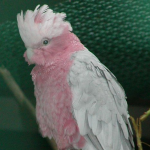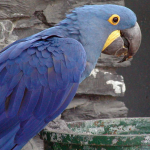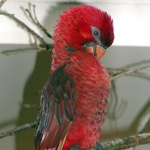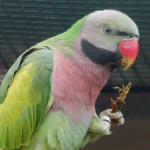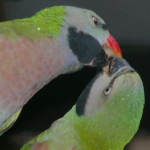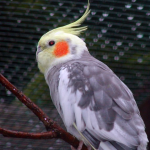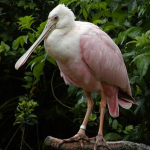What is ozone
The high traffic density and the large number of power plants and industrial plants have ensured that the concentration of nitrogen oxides in the air we breathe has increased. When there is strong solar radiation, the gaseous ozone developed from its fission products and the oxygen, which smells in large quantities and attacks the mucous membranes. The gas forms again during the night.
Ozone levels have little to do with the ozone hole, apart from the fact that they are the same gas. The ozone hole at an altitude of 15 km is vital for us. It prevents penetration of aggressive radiation. Gaps in the protective covering lead to an increase in skin cancer. A "patch" of these holes is not possible.
Effect of ozone on humans
How ozone affects our organism is not 100% proven. It has been proven, however, that continuous exposure to 120 micrograms of ozone per m² of air causes hardly any noticeable impairment of respiratory functions. However, higher values can lead to pathological changes in the lung tissue with consequential damage. But every human being and every animal reacts differently to it. It is believed that only one in ten suffers from it.
Possible consequence
- headache
- fatigue
- to cough
- irritation of the lung tissue
- inflammation
- depending on the susceptibility also shortness of breath
Effect of ozone on the budgerigar
Birds have a much more complicated respiratory system than humans. Gas exchange takes place in the respiratory tissue both during inhalation and exhalation. The more it moves, the more oxygen and consequently ozone it absorbs. While the exposure of ozone to birds' lungs has not been researched, it is believed to be similar to humans. So we can state that the budgerigars in the wild are active in the early morning and late evening. When the sun is at its peak, a siesta (rest) in the trees is announced.
Measures to reduce the absorption of ozone
- In summer, keep the animals from doing more vigorous activities (e.g. entering the aviary during midday). It should remain as quiet as possible so that they can go to their places and doze. During this time, breathing is much calmer.
- It is also possible to banish the budgies indoors at lunchtime, but then they should be cool and not stuffy.
- If you want to refrain from locking them up, the outdoor aviary should not be completely exposed to the midday sun. When the sun is strong, the budgerigars start panting and absorb even more ozone due to the increased respiration.
- Indoor rooms should only be ventilated in the mornings and late evenings, so there is a minimum of ozone there.
- Also only put the cage on the balcony in the morning and evening and bring it back into the apartment at lunchtime.
Images used on this page:
Greenhouse effct abstract concept from @vectorjuice
Source: WP magazine 04/ 1997

Passionate "phone clipper". Currently with mine Samsung Galaxy S22 Ultra. A great phone with XNUMX TB of storage. Lots of space for experiments. My favorite subjects are plants, Eat & drink, animals, Buildings and Landscapes.
Otherwise, I like to spend my time in nature and sometimes hang out on the PC, with a cozy round Civ or Star Citizen, away. A series is also often sought after on the couch in the evening.


